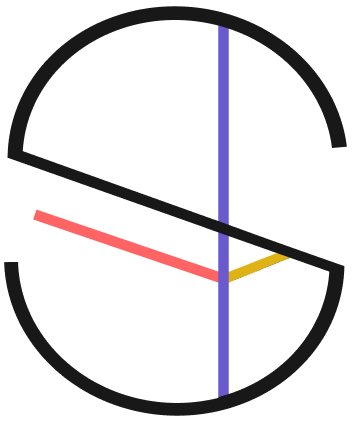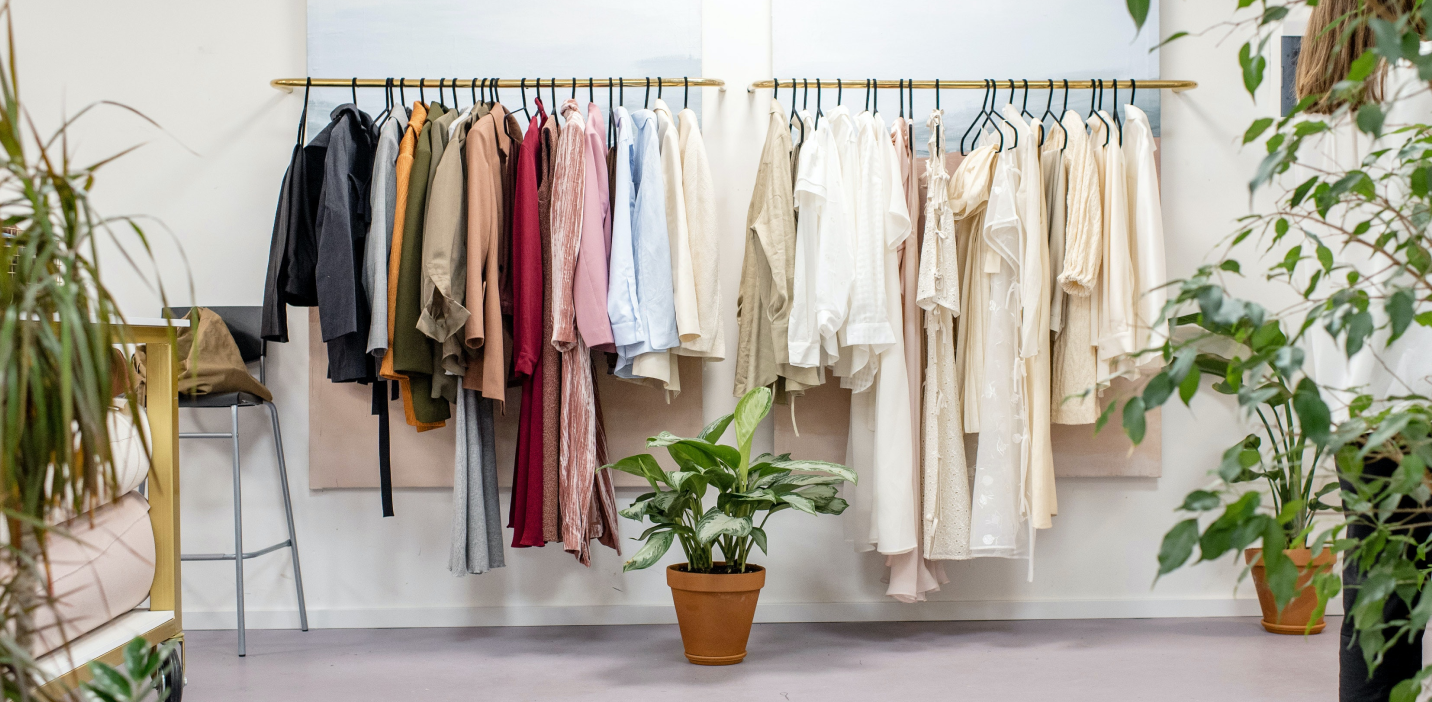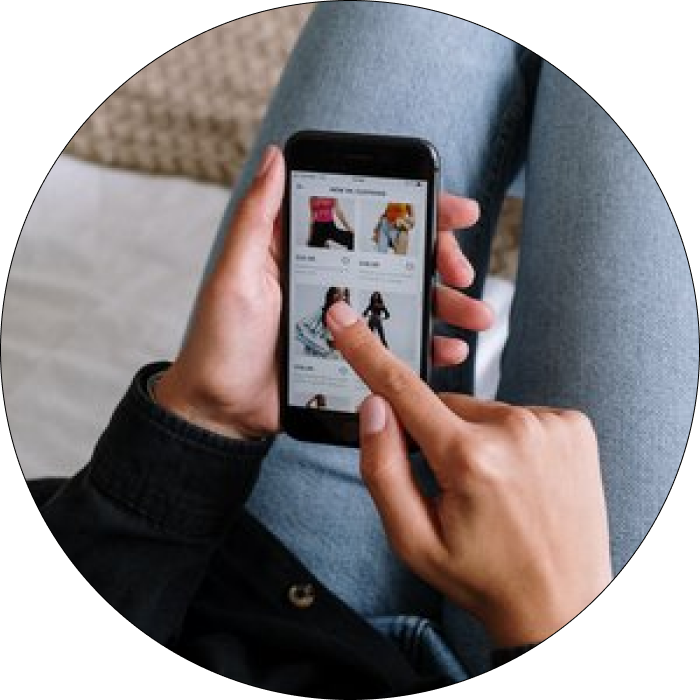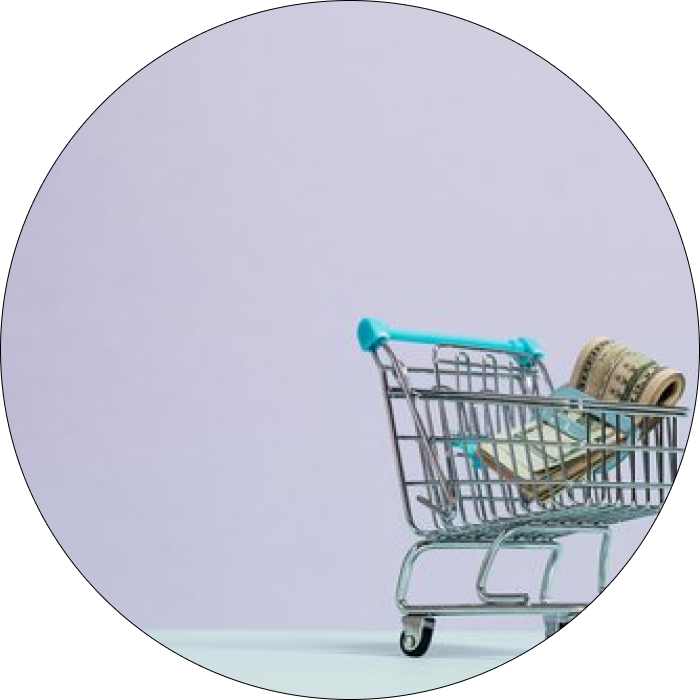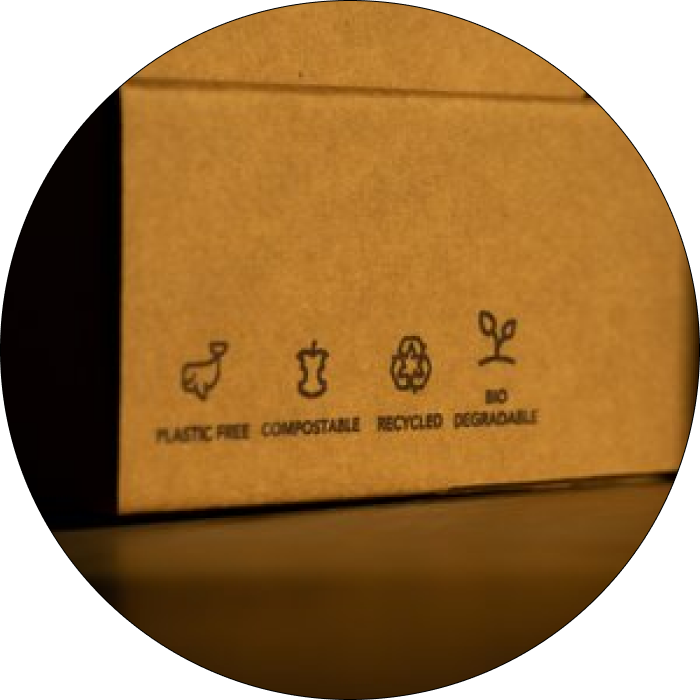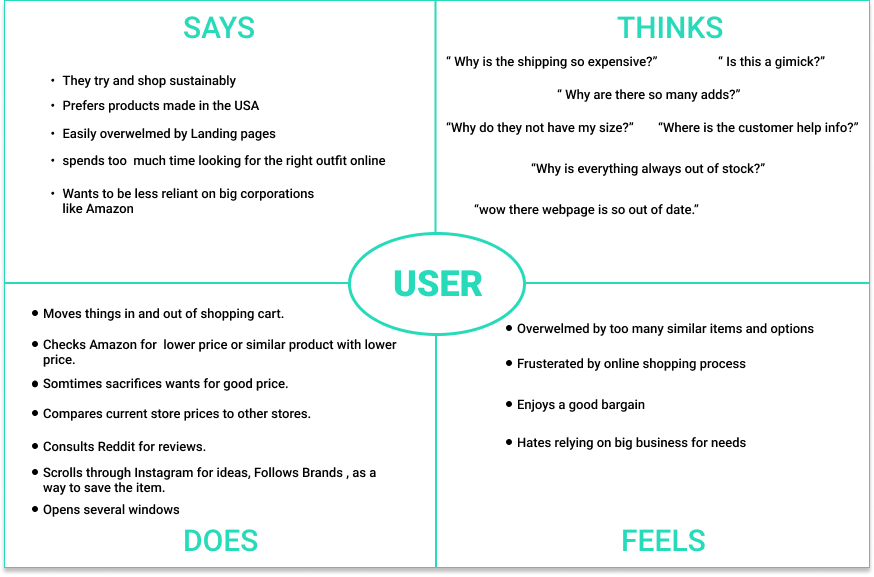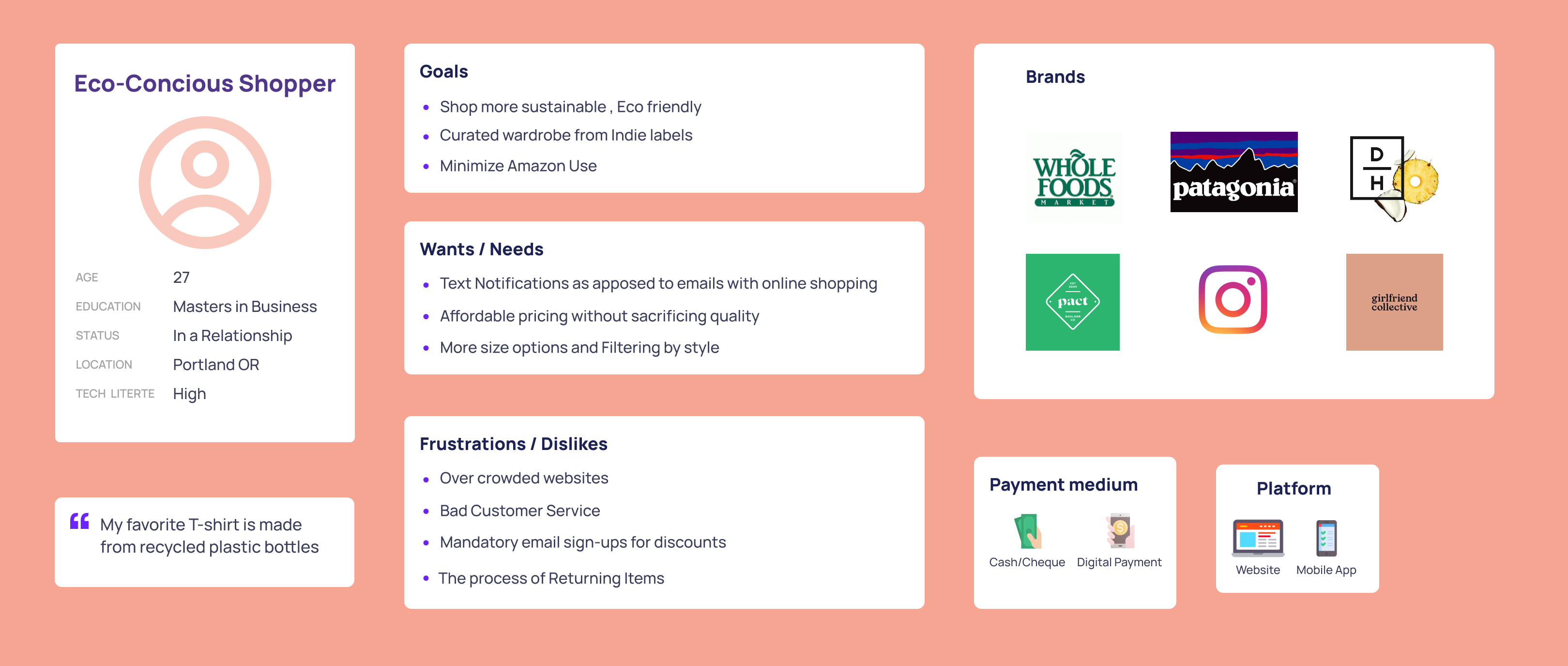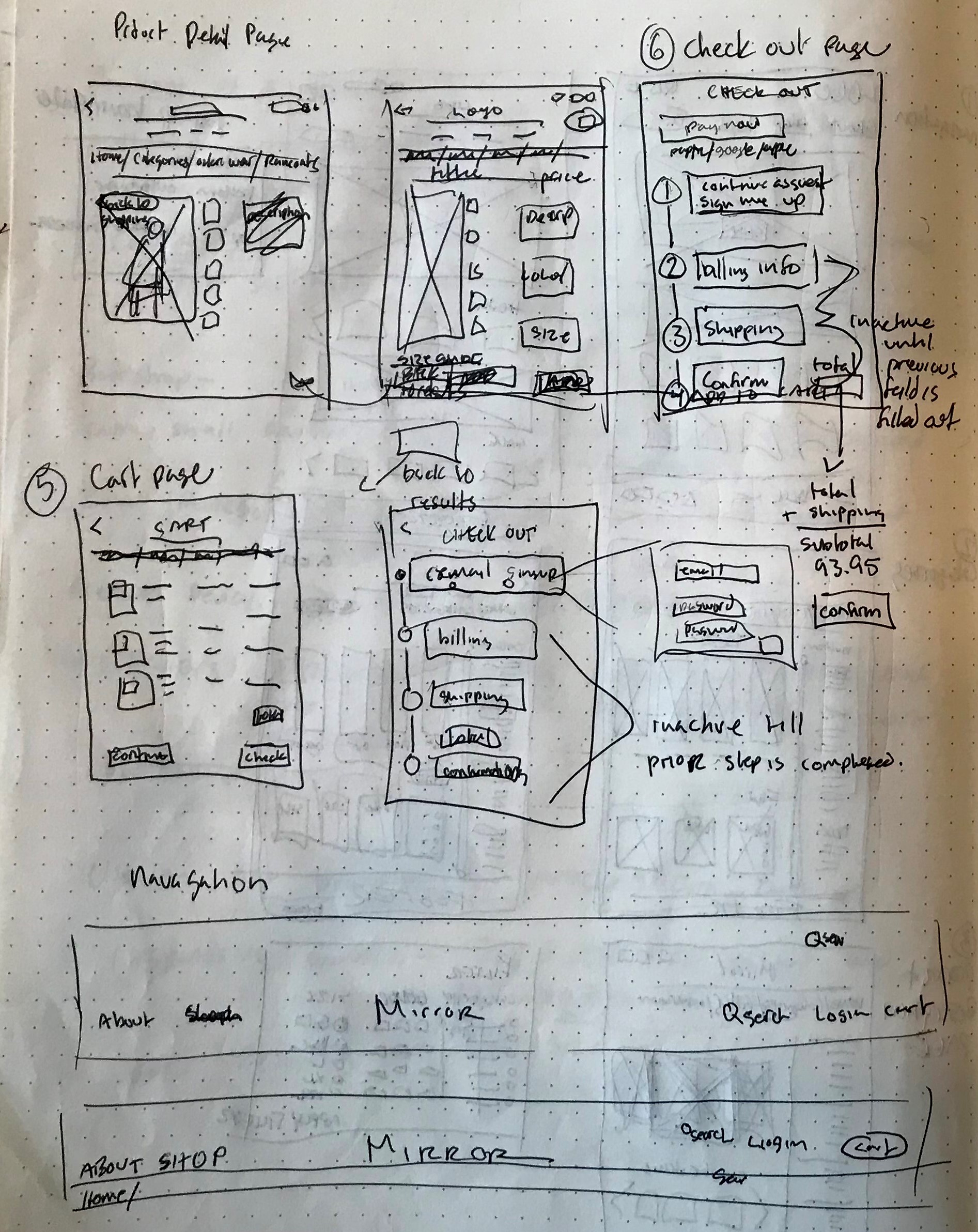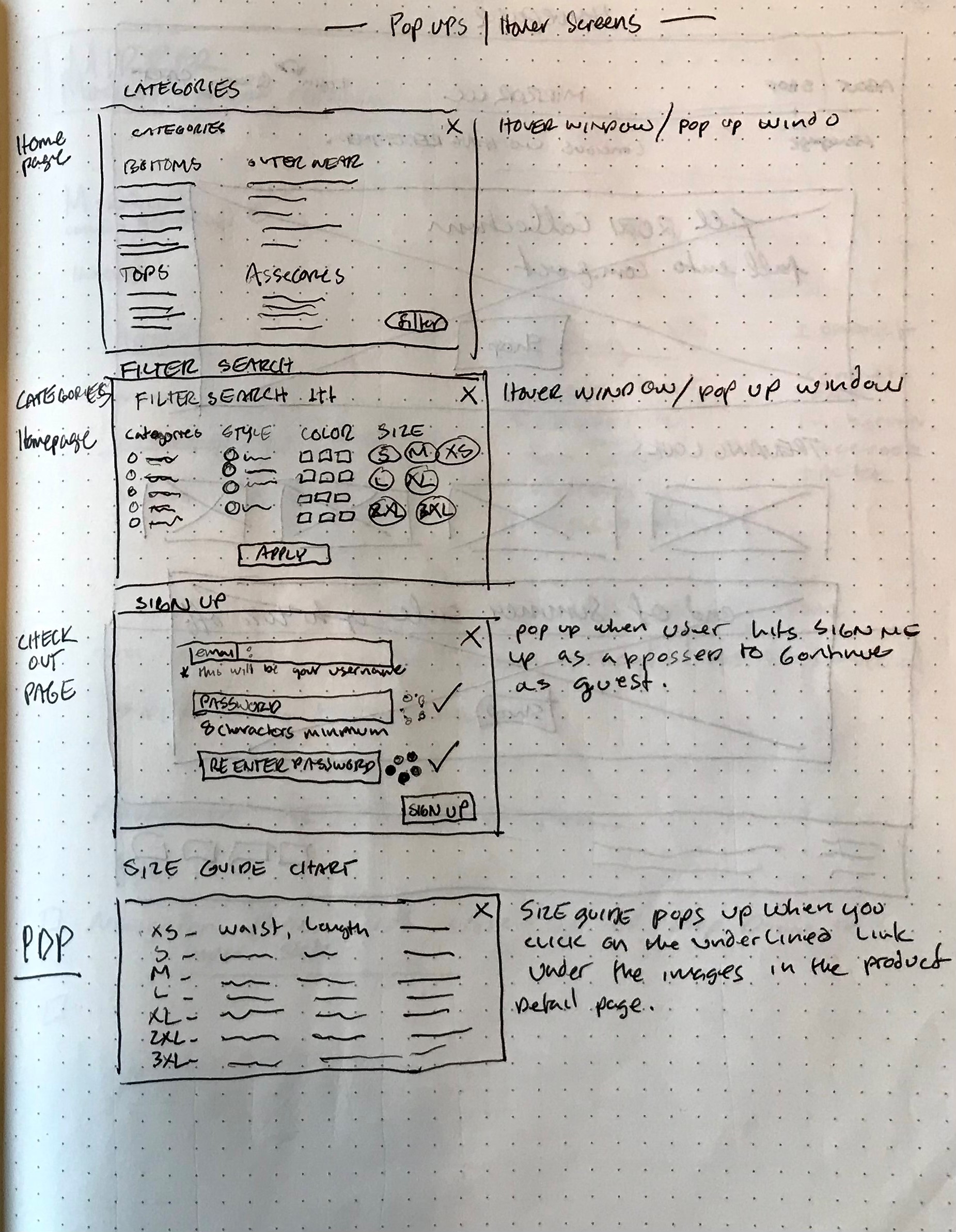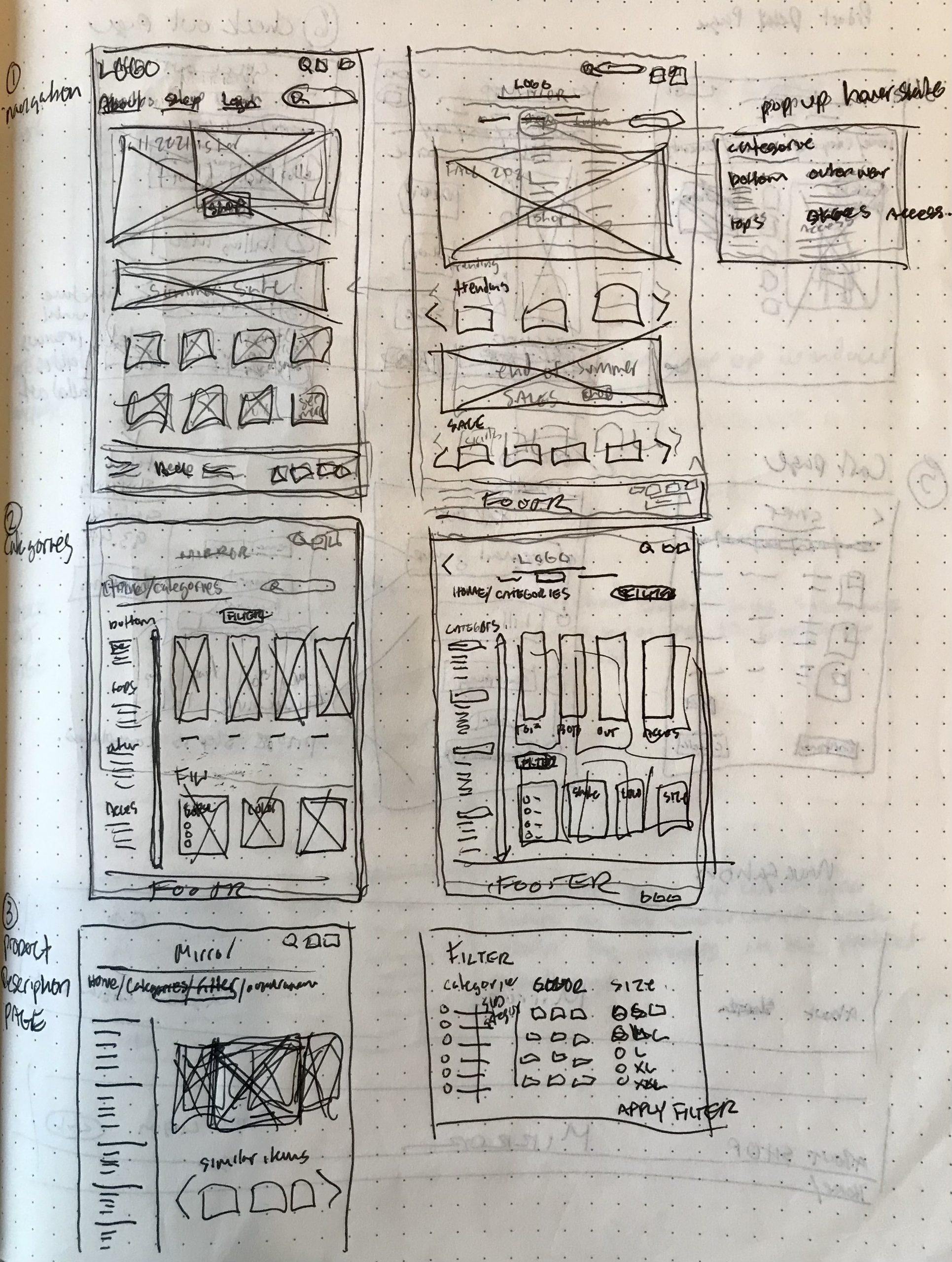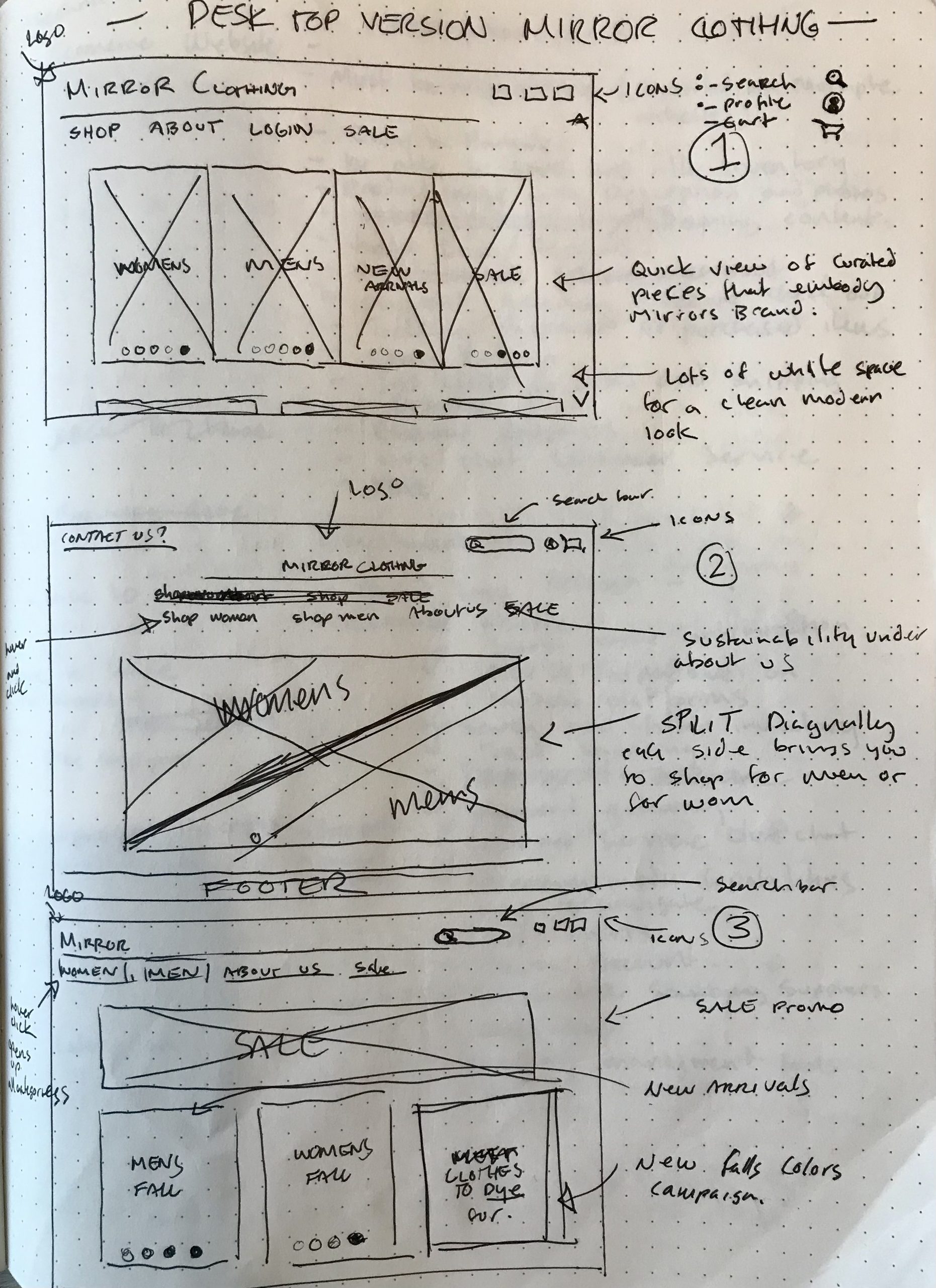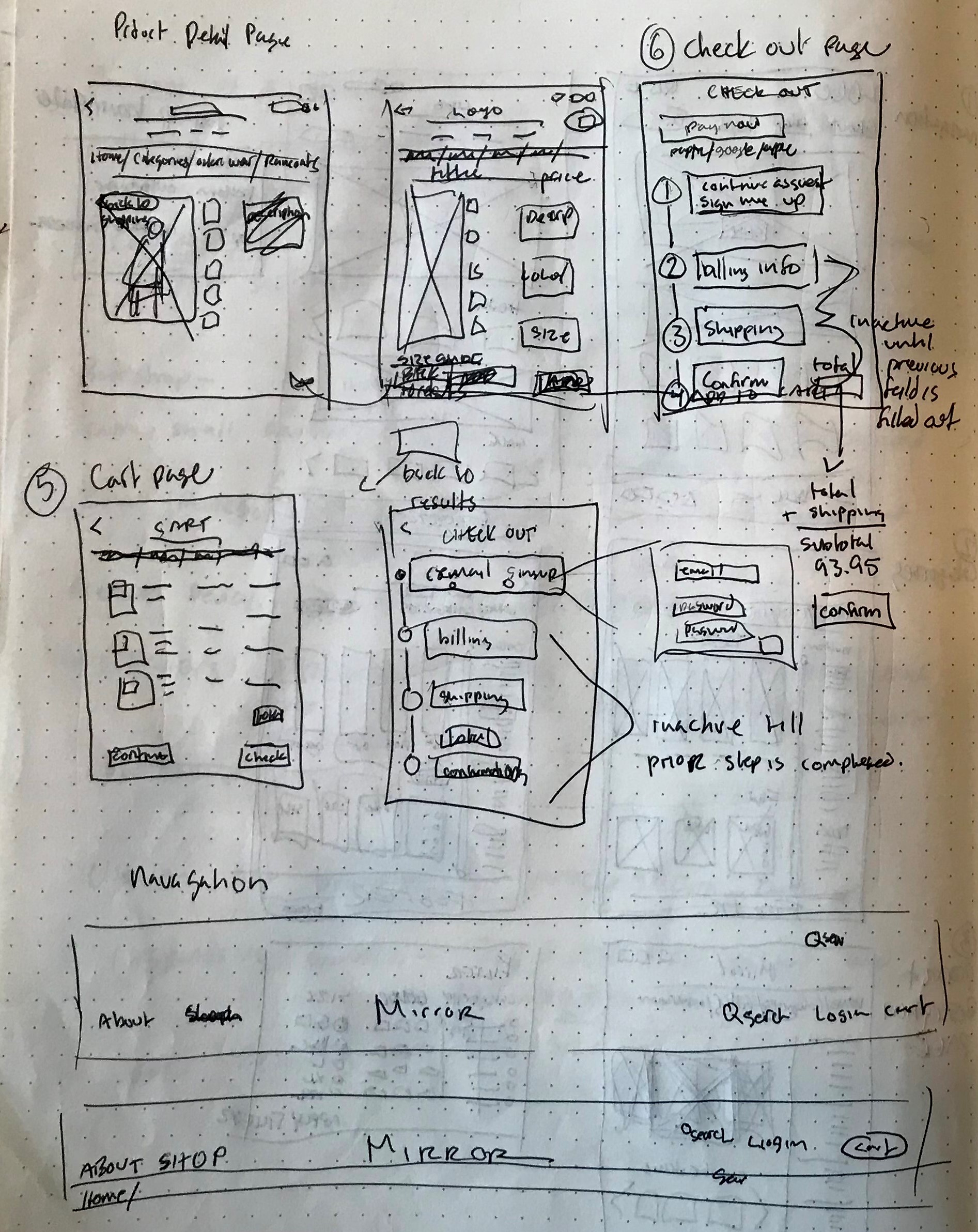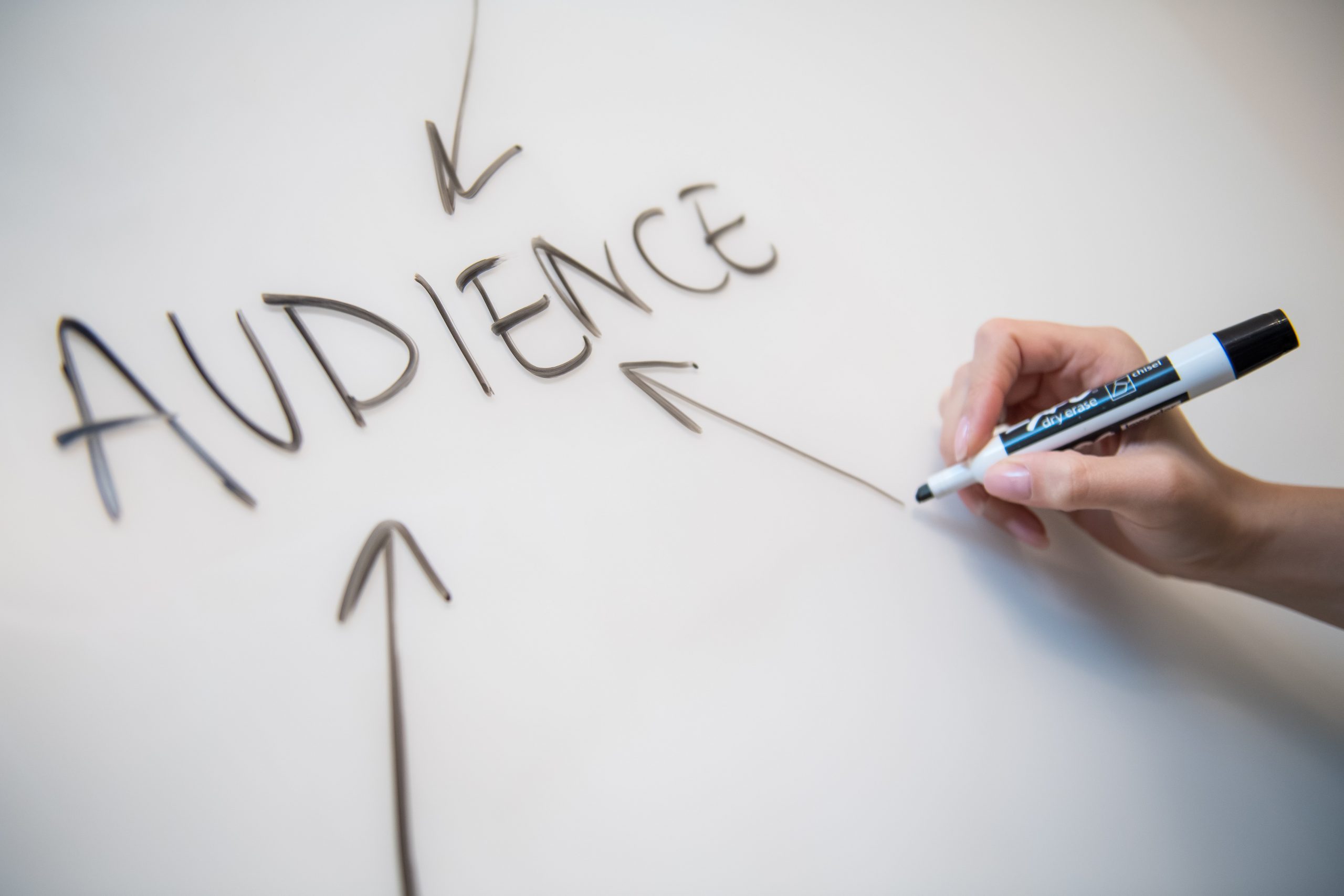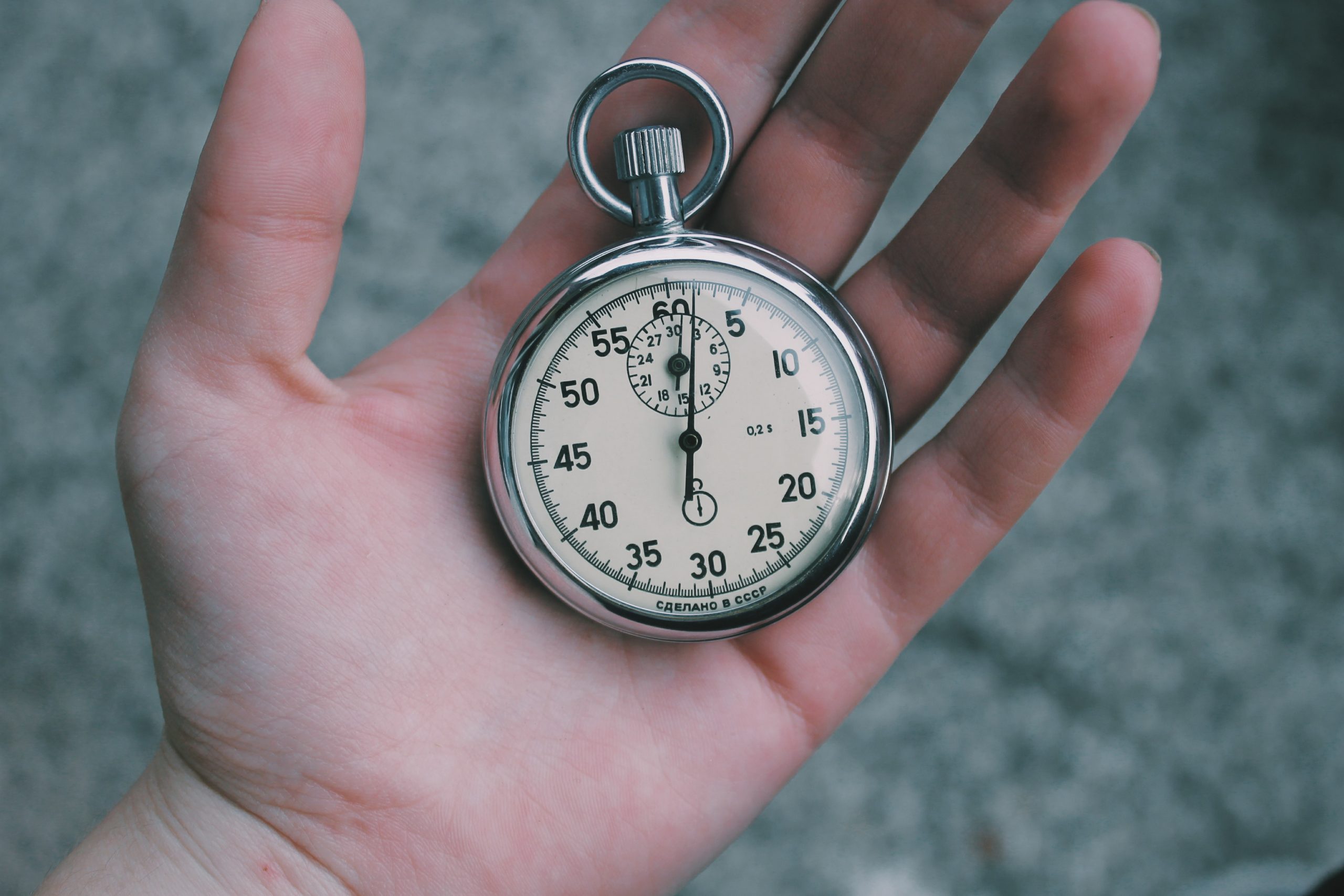Mirror Clothing:
From Brick-and-Mortar to Online Retail Sore
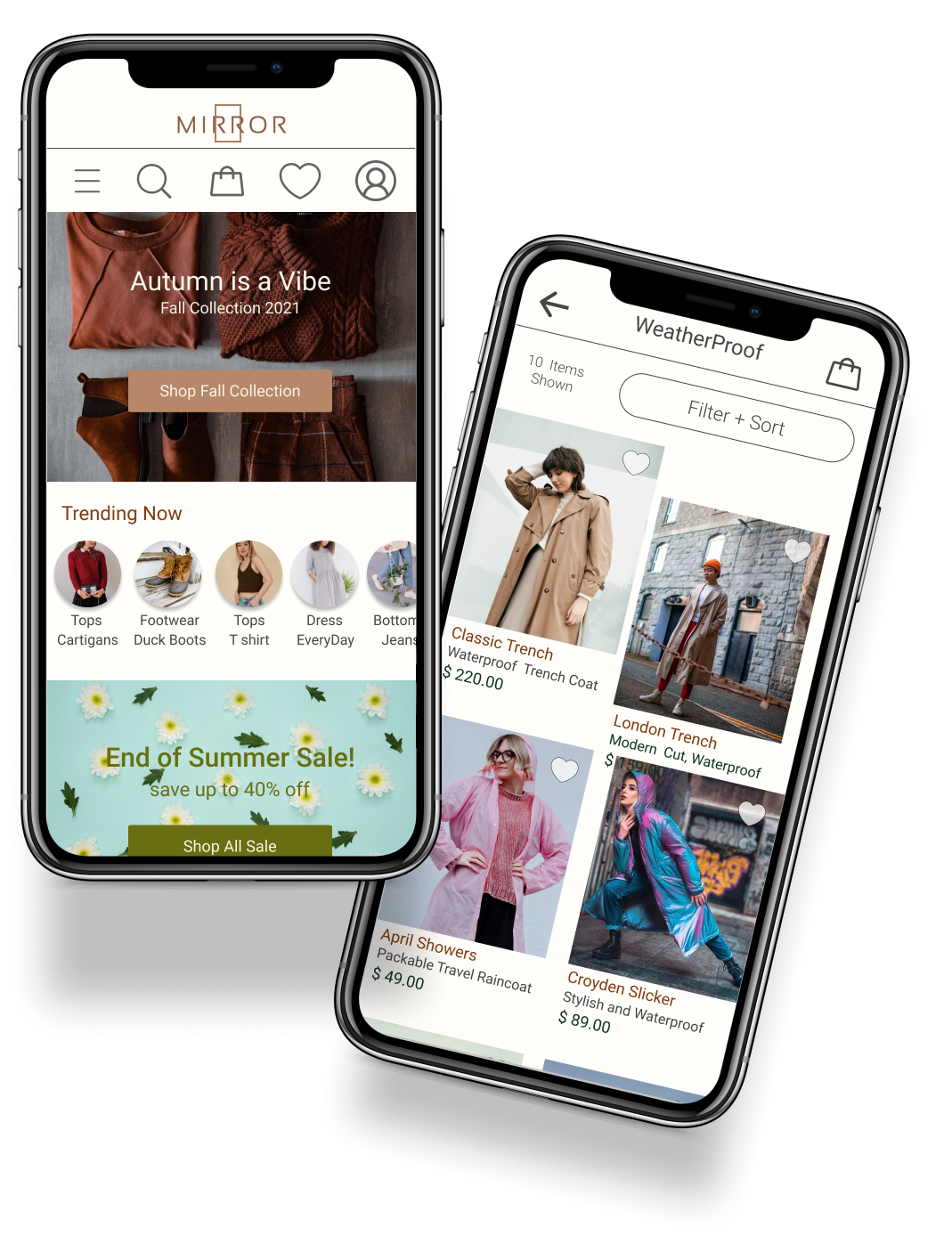
Mirror Clothing: From brick and mortar to online retail store

Project Background
Backround: Mirror Clothing is a fictitious brick-and-mortar clothing company. To keep up with other similar companies, Mirror needs an e-commerce site so they can continue to grow their business. In addition to a site, Mirror needs a complete rebrand.
My Role: Research Competitive and Comparative Companies, Interviews, Survey, Sketch, Ideation, Prototype, Test and Evaluate.
Tools: Figma, Figjam, Google Slides, and Docs.
Project Background
Background: Mirror Clothing is a fictitious brick-and-mortar clothing company. To keep up with other similar companies, Mirror needs an e-commerce site so they can continue to grow their business. In addition to a site, Mirror needs a complete rebrand.
My Role: Research Competitive and Comparative Companies, Interviews, Survey, Sketch, Ideation, Prototype, Test and Evaluate.
Tools: Figma, Figjam, Google Slides, and Docs.
Process Flow

Define Goals
Create Online Store
Rebrand Logo

Research
Comparative and Competitive Analysis
Interviews
Persona
User Empathy Map

Sketch
User Flow
Task Flow Lo-Fi Wireframes

Ideate
Mood Board
Style Tile
Logo

Implement
Hi-Fi Wireframes
Prototype UI Design Kit

Test
Usability Test
Evaluation of Findings
Iteration of Prototype
Process Flow

Define Goals
Create Online Store
Rebrand Logo

Research
Comparative Analysis
Interviews
Persona
User Empathy Map

Sketch
User Flow
Task Flow
Lo-Fi Wireframes

Ideate
Mood Board
Style Tile
Logo

Implement
Hi-Fi Wireframes
Prototype
UI Design Kit

Test
Usability Test
Evaluation of Findings
Iteration of Prototype
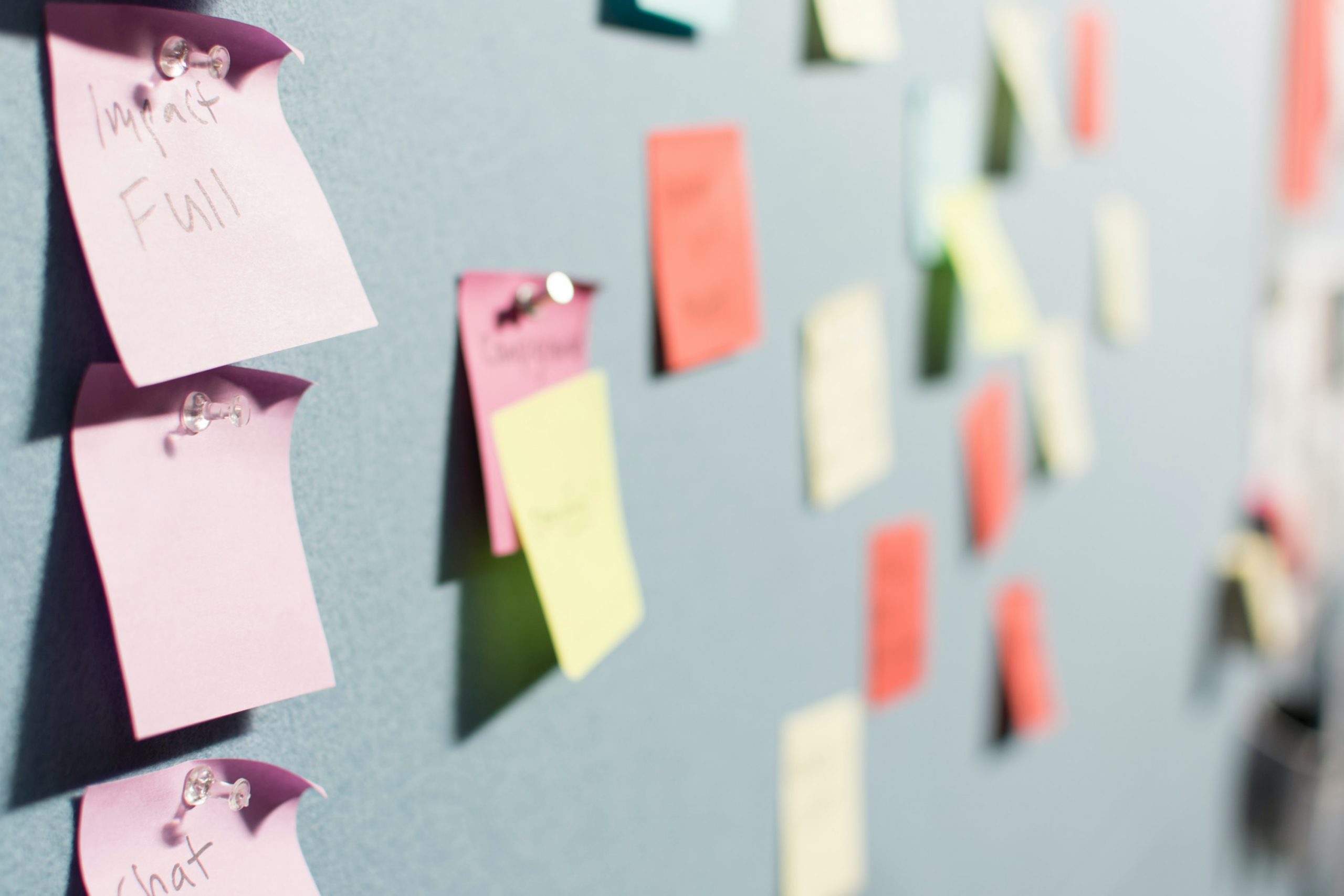
Research Objectives
1. How do people find brands they like?
2. How important is sustainability to customers?
3. What is the main reason for cart abandonment?
4. What are the users’ pain points when shopping Online?
Research Objectives

1. How do people find brands they like?
2. How important is sustainability to customers?
3. What is the main reason for cart abandonment?
4. What are the users’ pain points when shopping Online?
Interviews and Key Findings
To help better understand our target audience, I conducted 5 user interviews. I prepared questions based on my comparative and secondary data analysis. Each interview was conducted in person or via video chat.
Average User
Female, 31 years old. with a yearly income of 35k. Shops online 7x a month or 1.75x per week on average. Customers value sustainability, and Made in America products over cheap prices, and fast fashion.
Shipping Cost
Shipping cost is the leading cause of cart abandonment . Shoppers also felt that free shipping should be an expected amenity from larger orders and major brands, ie Target , H&M .
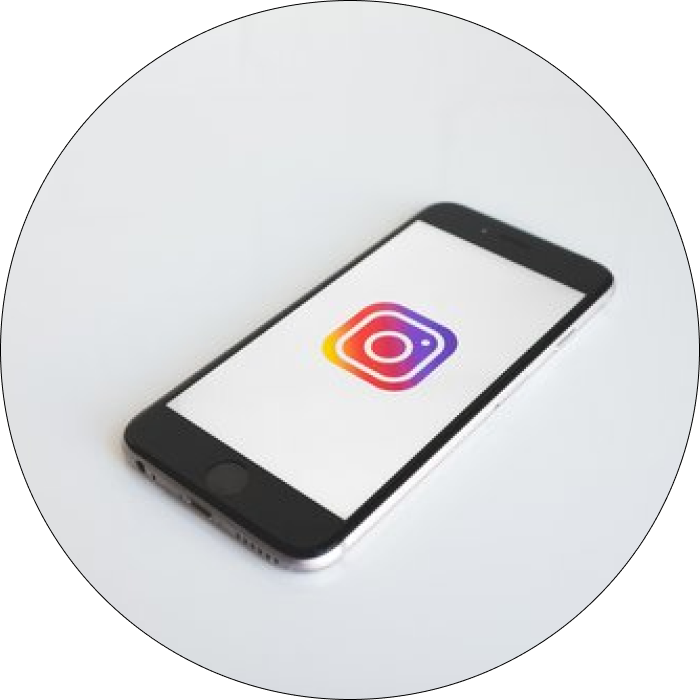
Instagram is the main source of influence when it comes to purchasing online fashion. Linked Site in the description, takes the potential customer immediately to item and store, helping secure a sale.
Interviews and Key Findings
To help better understand our target audience, I conducted user interviews, I prepared questions based on my comparative and secondary data analysis. Each interview was conducted in person or via video chat.
Average User
Female, 31 years old. with a yearly income of 35k. Shops online 7x a month or 1.75x per week on average. Customers value sustainability, and Made in America products over cheap prices, and fast fashion.
Shipping Cost
Shipping cost is the leading cause of cart abandonment . Shoppers also felt that free shipping should be an expected amenity from larger orders and major brands, ie Target, and H&M.

Instagram is the main source of influence when it comes to purchasing online fashion. The linked site in the description, takes the potential customer immediately to item and store, helping secure a sale.
Persona Development
Persona Development
Sketch
Sketch
Mobile Prototype

Mobile Prototype

Usability Findings
Test Goal
The user was asked to find a versatile rain coat that could be worn out in nature or out and about in an urban setting.

Error Free Rate
Users were able to complete the task with zero error rate.
Usability Findings
Test Goal: The user was asked to find a versatile rain coat that could be worn out in nature or out and about in an urban setting.

Error Free Rate: Users were able to complete the task with zero error rate.
Test Completion Rate: All users were able to complete the test within a reasonable amount of time. The average time was around 6 minutes.
Pros
- An uncrowded landing page was better received and made navigation easier.
- Users liked that they had the option to create an account after they checked out as guests.
- Users liked the idea of complimentary standard shipping.
Cons
- Users felt that they did not have a sense of who Mirror was as a company.
- Users would have liked to see more about their sustainability practices.
- Users expressed the need for having a Sort and Filter feature that could also sort by style.
Conclusion: Lessons Learned
- My research mostly involved desktop sites. Seeing that I built a mobile prototype, it would have been more advantageous to have researched more mobile sites.
- I would have made sustainability a key feature and presence throughout the prototype. I realized that it became an afterthought after the redesign when it really should have been more of a focal part of the representation of the brand.
- I would have liked to use the same people I interviewed for research to test the prototype, to see if I could build something that on some level met their needs and elevated pain points.
- I should have given the option to receive text alerts for sales or when out-of-stock items come in, and incorporated it into the checkout process.
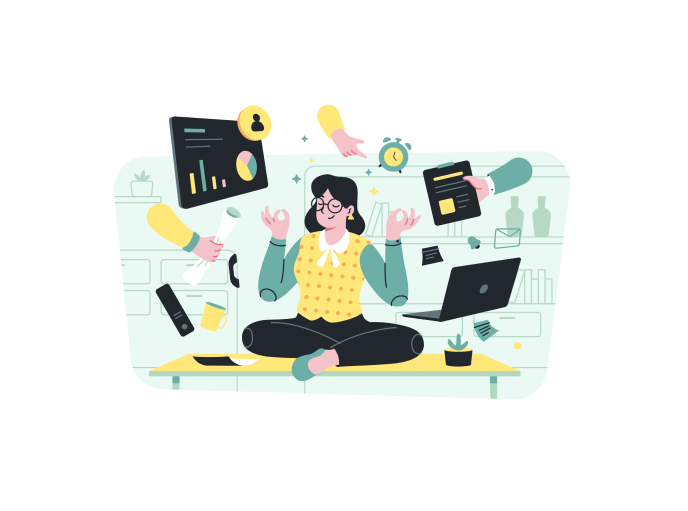
Conclusion: Lessons Learned

- My research mostly involved desktop sites. Seeing that I built a mobile prototype, it would have been more advantageous to have researched more mobile sites.
- I would have made sustainability a key feature and presence throughout the prototype. I realized that it became an afterthought after the redesign when it really should have been more of a focal part of the representation of the brand.
- I would have liked to use the same people I interviewed for research to test the prototype, to see if I could build something that on some level met their needs and elevated pain points.
- I should have given the option to receive text alerts for sales or when out-of-stock items come in, and incorporated it into the checkout process.
